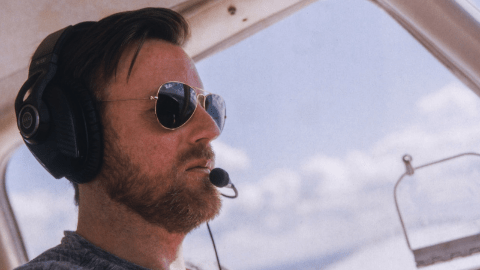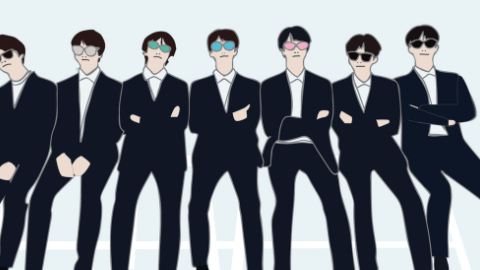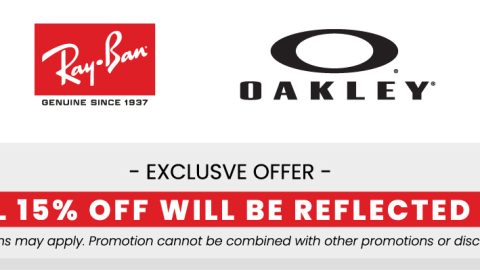 As an Olympic Eyewear customer, you have been buying bulk wayfarer sunglasses from us for years. That’s a smart move. Your customers appreciate a good wayfarer from a quality brand. You buy from us because you know we have what your customers want. But do you know anything about the history of the wayfarer?
As an Olympic Eyewear customer, you have been buying bulk wayfarer sunglasses from us for years. That’s a smart move. Your customers appreciate a good wayfarer from a quality brand. You buy from us because you know we have what your customers want. But do you know anything about the history of the wayfarer?
Your typical retail customer knows nothing about wayfarers other than that they look good. But like most things in our industry, there is more to it than meets the eye. Below are three things you might not know about wayfarers. So get ready to expand your knowledge base.
1. Originally a Bausch & Lomb Style
The term ‘Wayfarers’ designated a particular model in the Ray-Ban collection when wayfarers were first released back in the 1950s. They were designed by a Bausch & Lomb optical designer by the name of Raymond Stegeman and sold under the Ray-Ban brand. Likewise, Aviators were originally a particular model sold by Ray-Ban.
Both the wayfarer and aviator designations have since come to represent generic styles in much the same way people tend to refer to all brands of cola as ‘Coke’. It doesn’t appear as though Ray-Ban, now owned by Luxottica Group, has ever pressed a legal claim to the Wayfarer name as pertaining exclusively to one of its models. Thus, culture has really taken over the name for itself.
2. Inspired by Furniture and Cars
Eyewear historians believe that Bausch & Lomb’s original wayfarers were inspired by furniture and cars. More specifically, Stegeman drew inspiration from the tail fins on 1950s Cadillacs and Eames chairs at one time sold by the Herman Miller furniture company. Stegeman was apparently drawn to the trapezoidal shape because he felt it denoted an attitude of danger and risk taking.
His design apparently worked. Wayfarers were extremely hot sellers through the 1950s and 60s. Even as sales began to decline in the 70s, wayfarers were associated with pop-culture icons in film and music. For example, John Belushi and Dan Ackroyd sported wayfarers in the 1980 film The Blues Brothers. If you know anything about the film, the brothers were certainly risk takers. They lived for danger.
3. Celebrity Has Kept Them Alive
Unlike aviators, wayfarers have not enjoyed consistent sales over the last 70 years. Rather, sales have ebbed and flowed along with cultural trends. A look at history seems to suggest that celebrity has kept wayfarers alive and, in some respects, contributed to the ebbs and flows.
Wayfarers continued to sell in the 1970s and 80s commensurate with their prominence in pop culture. For their part, Ray-Ban attempted to stimulate sales in the 1980s by signing product placement deals to get them into films and television shows. If you have seen Risky Business, The Breakfast Club, Miami Vice and other prominent 1980s TV and film offerings, you have seen wayfarers as a result of product placement deals.
The late 1980s and early 90s were not kind to wayfarers. They slumped against newer, more modern styles. Wraparounds replaced wayfarers as the favorite among celebrities, but things changed again in the early 2000’s when wayfarers began showing up on internet auction sites.
In the years since, Ray-Ban has continued making and selling their Wayfarer models. Meanwhile, other designers have introduced their own versions of the classic style. Consumers keep buying them as well.
And now you know why we design and sell wholesale wayfarer sunglasses. Despite their ups and downs, they have endured the test of time. We see no reason to believe they will lose their appeal moving forward.
The post 3 Things You Might Not Know About Wayfarer Sunglasses appeared first on Wholesale Sunglasses Blog.





Recent Comments